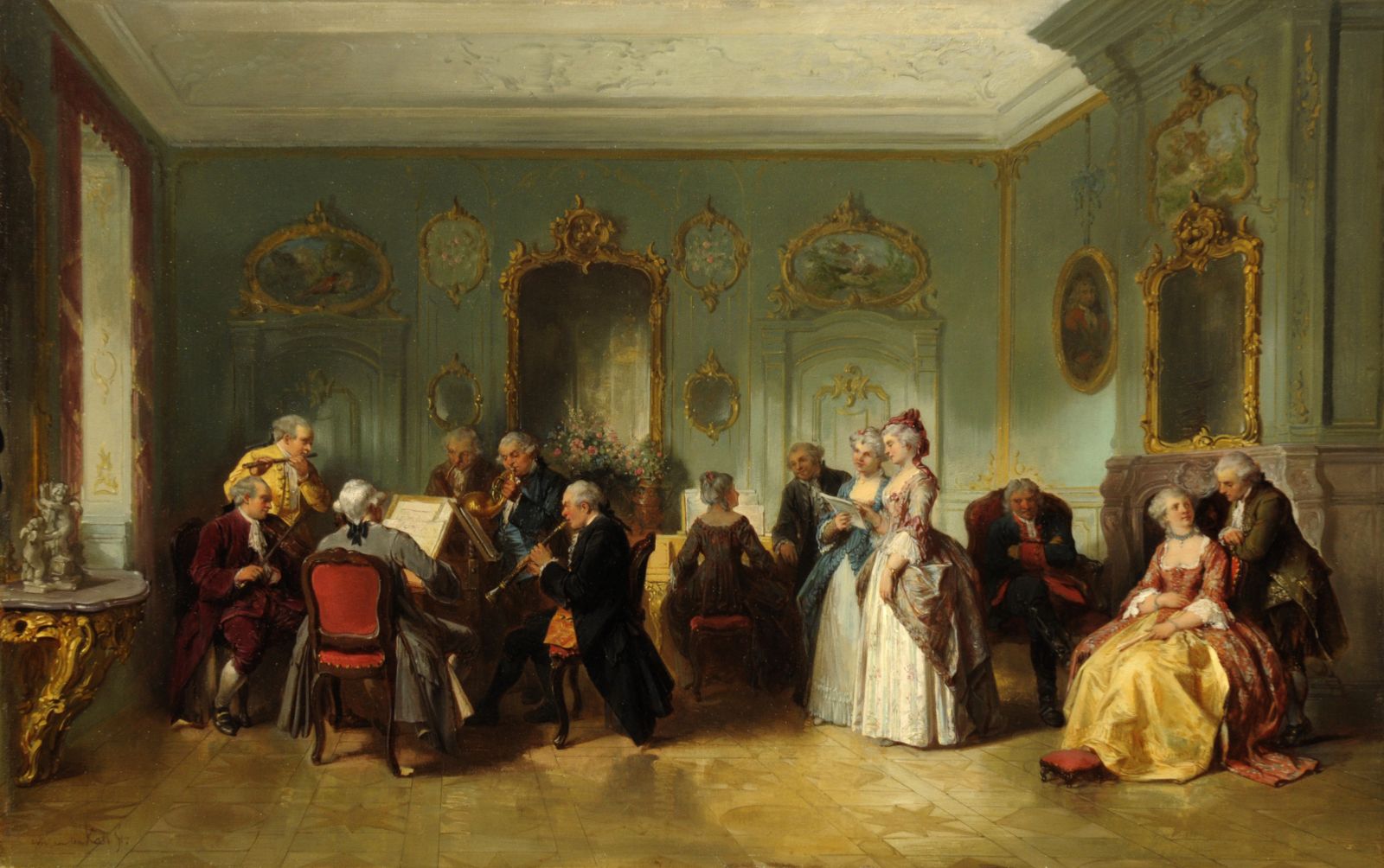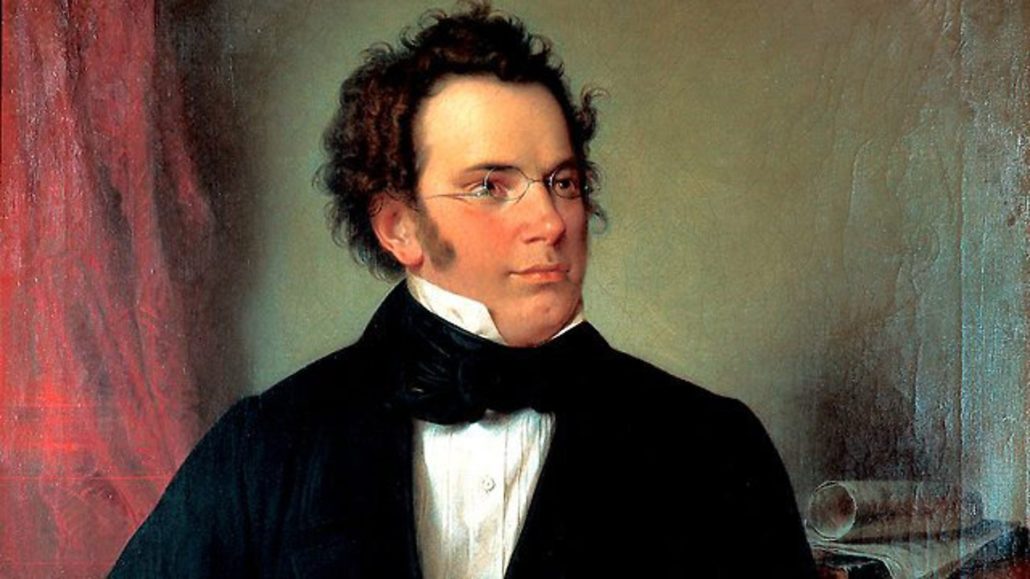Schubert’s Great Piano Trios
Alongside the string quartet, the Piano Trio must rank as one of the most popular and successful chamber music forms from the classical period onwards.
It was Mozart who is credited with transforming the piano plus solo instrument sonata into the balanced trio with piano, violin and cello. Haydn also made his mark on the genre. In addition, home music-making made the piano trio an ideal solution for arrangements of larger works. Beethoven, for example transcribed his first two symphonies for piano trio and also wrote two original sets piano trios.

Schubert first dabbled with the idea of the piano trio form when he just 15 but it was not until the last year of his life in 1827 that he finally finished his first piano trio – the Trio No. 1 in B-flat major D.898.
But it was his epic Trio No. 2 in E-flat major D.929 at almost 50 minutes in length, and one of the last compositions he was to complete, which really shows the genius of Schubert in this genre.

Fame was to come to the main theme of the second movement when it was used in Stanley Kubrick’s 1975 film Barry Lyndon. It has also been use in several other films including The Hunger, Crimson Tide, The Piano Teacher, John Adams and The Mechanic.
It was composed to celebrate the engagement of Schubert’s school-friend Josef von Spaun and was among the few of his late compositions Schubert heard performed in his lifetime. Its first private performance was given by Carl Maria von Bocklet on the piano, violinist Ignaz Schuppanzigh, and cellist Josef Linke.

And this is the work performed in Bath Grand Pump Room on 18 June by the Linos Trio. Following the tradition of the piano trio as a medium for performing arrangements of the great classics the concert also includes the Linos’s own arrangement of The Sorcerer’s Apprentice by Paul Dukas and Sally Beamish’s fabulous arrangement of Debussy’s atmospheric La Mer.



